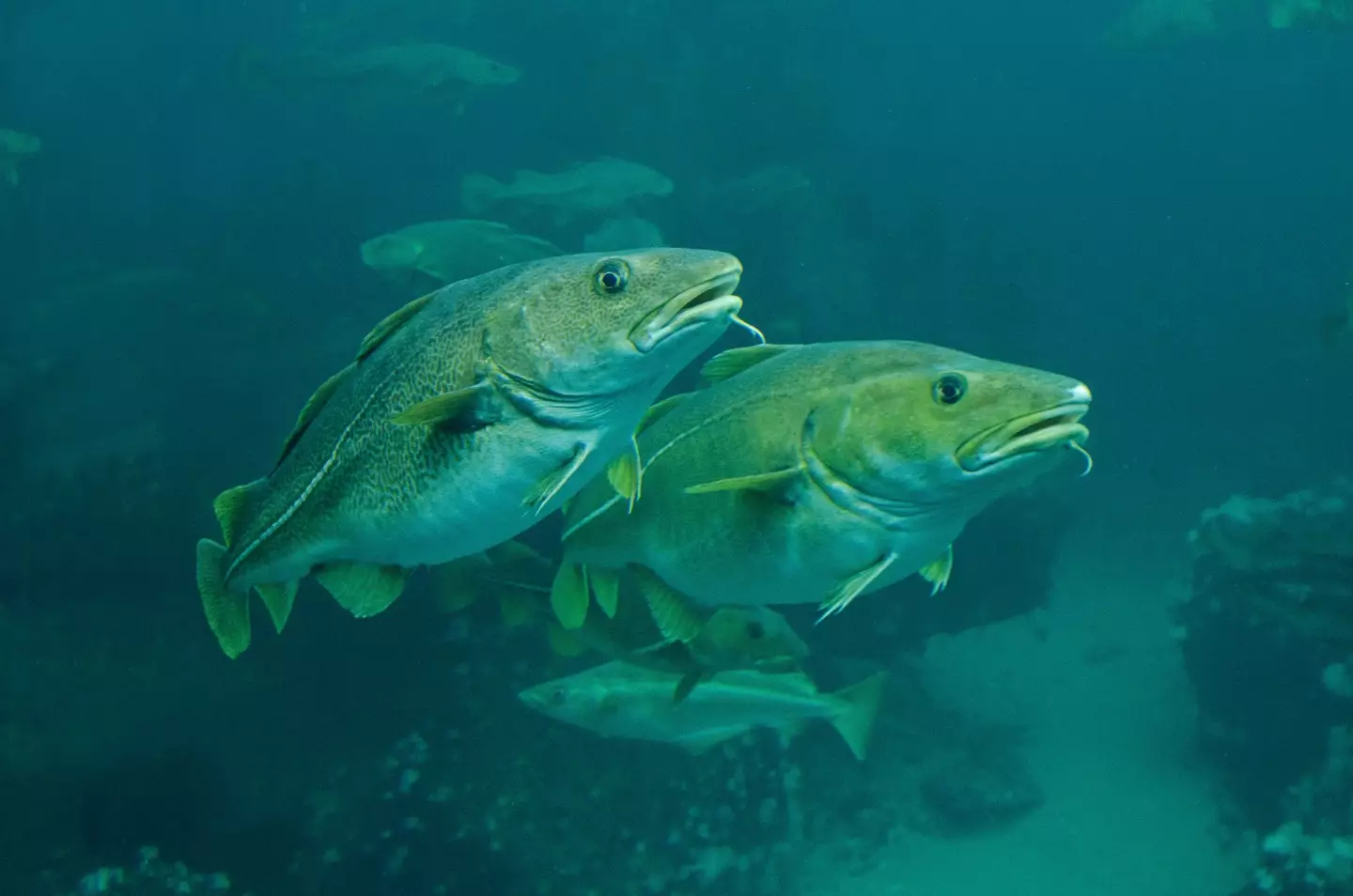
When it comes to fish, Western diets tend to be pretty focused on a select few: cod, haddock, tuna, and salmon.
Sea bass and mackerel get a look-in now and then, as do sardines and anchovies, but by and large we’re mostly eating the same fish ad nauseum.
The thing is, we don’t need to. The fish we most commonly eat tend to be large, numerous and relatively easy to farm or catch en masse, and they’re nutritious too, so it’s typically seen as more efficient to go for these more commonly-consumed species.

Advert
However, new research has suggested we could get more nutrition, improve biodiversity, and reduce the strain on fishing stocks by branching out with more fish species.
Apparently, the right combination of lesser-eaten species could yield as much as 60% more nutrition than the same quantity of one highly-nutritious species.
That’s the conclusion from researchers at Cornell University, anyway, who have performed an analysis on how we might be able to farm and consume fish in a way that benefits both us and the environment.
"This research hopefully highlights the importance of biodiversity, not just because of a moral quandary that we're causing a mass extinction on Earth, but also because biodiversity can lead to better outcomes for fishery sustainability," said lead author Sebastian Heilpern.
Advert
The study saw Heilpern and his colleagues listing the fish that people are known to eat regularly, with each species’ nutritional value being ascertained too.
Then, the team undertook a painstaking analysis of fish species found across every country and territory around the world before putting all of the geographic and nutritional data into a computer model for analysis.
"We can then ask, out of all these combinations of potential options of species, which ones could we select and how much of each, in a way that would provide us with sufficient nutrition to meet a person's diet [needs] with the lowest amount of fish biomass," explained Heilpern.
The model showed that more biodiverse fisheries can yield an optimal diet that lowers the amount of consumer fish by leaning on species with more resilience to man-made pressures like overfishing and climate change.
Advert
These fish are often smaller and can be substituted with a broad variety of even smaller ones that offer similar nutrition. In other words, we have a lot more options than we might think, especially where smaller fish are concerned.
.jpg)
Sardines, for example, display more resilience by growing to full size more rapidly than larger species.
While the US has strong fish biodiversity along its coastlines and its waterways, 90% of fish consumed by Americans come from just 10 species, highlighting the potential for expanding Western diets beyond the most commonly-consumed fish.
